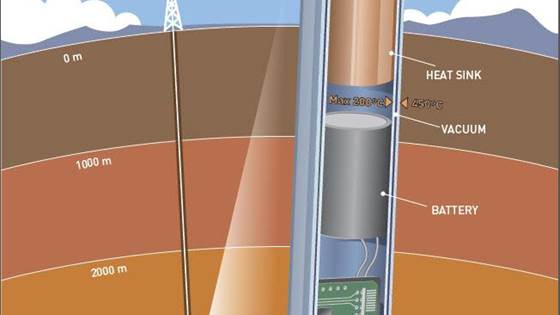
Descramble – logging tool
As partner in the ongoing Horizon 2020 project, SINTEF ICT is developing a High Temperature logging tool for measuring pressure and temperature in super critical geothermal wells.

As partner in the ongoing Horizon 2020 project, SINTEF ICT is developing a High Temperature logging tool for measuring pressure and temperature in super critical geothermal wells.
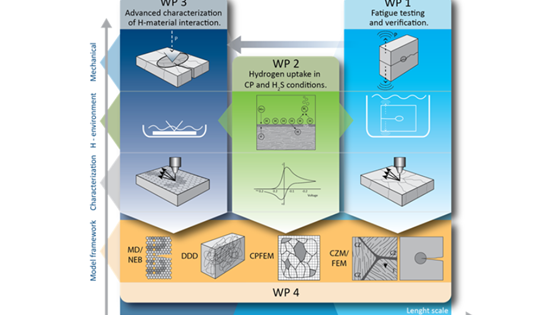
The HyF-Lex project seeks to increase the fundamental understanding of the mechanisms inherent to hydrogen assisted fatigue crack growth in steels, as well as contributing to a model framework for assessment of hydrogen-assisted fatigue.
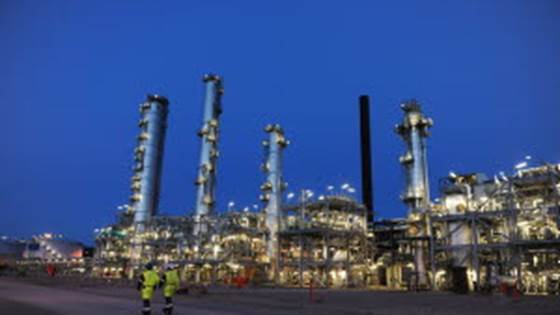
In the project "Establishment of a process for production of membrane elements", an industrial manufacturing process for membrane tubes for CO2 capture using hydrogen separation, is developed. Reinertsen AS, SINTEF Materials and Chemistry and SINTEF...
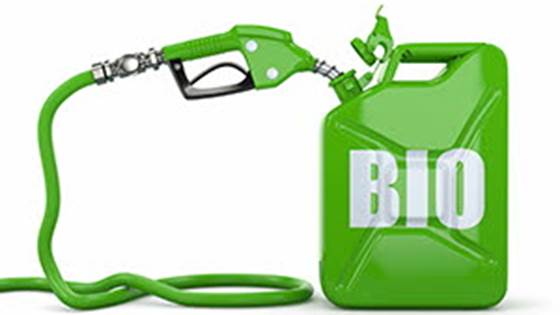
Hydrogen is considered a favourable alternative for transport and for storing peak renewable energy for the grid. This project investigates the feasibility of a bio-hybrid photoelectrochemical (PEC) cell with modified hydrogenase enzymes as catalysts...

SINTEF has recently developed a method to produce 3-dimensional nanostructures of silicon and aluminum, nano-wires and nano-tunnels, using the self-organizing tendency of these two materials. These structures can potentially increase the efficiency...
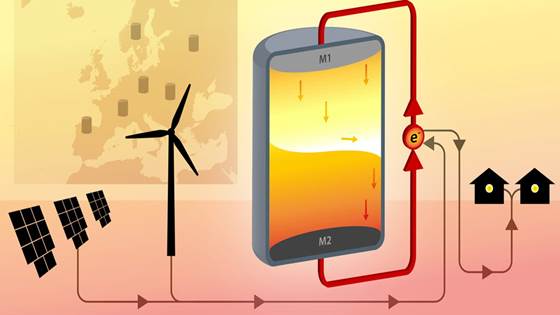
In this project, the goal is to develop a concept for a stationary molten salt based -liquid metal battery (LMB) without the need for an ion selective membrane. The materials to be investigated are relatively abundant and cheap with low environmental...
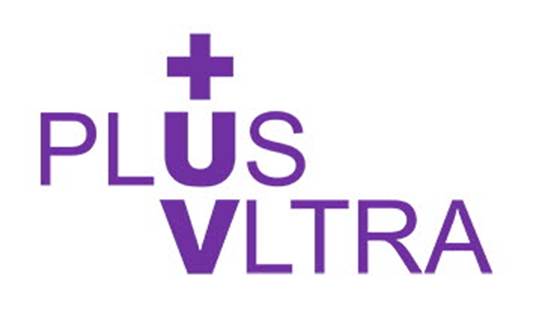
The PlusUltra project aims at providing new concepts for photoelectrocatalaytic conversion of H2O, CO2, and N2 to fuels, useful chemicals, and fertilizers using renewable energy.
The main goal of ELECTRA is to design, build, and test a kW size multi-tubular proton ceramic high temperature electrolyser for production of hydrogen from steam and renewable energy.
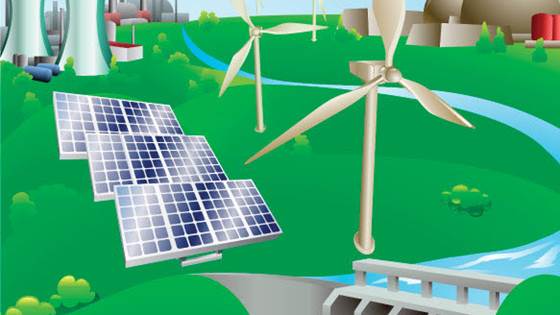
The future European electricity system will be more integrated cross-borders and will include a larger share of renewable intermittent generation than what is the case today.

FASTCARD is aiming at achieving a faster industral implementation of biomass conversion to advanced biofuels in Europe by developing new catalyst and methodologies. The catalytic key processes comprise hydrocarbon reforming, CO2 FTS, hydrotreating...
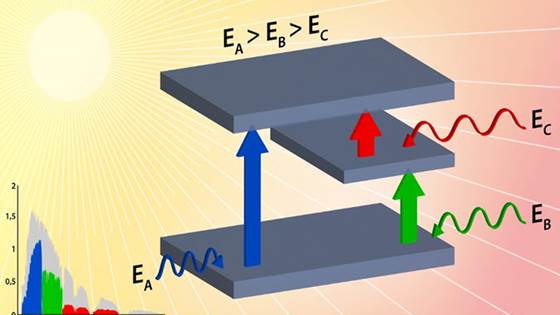
The main goal of SunSiC is to introduce intermediate band materials as a basis for novelhigh-efficiency single junction multiple band gap solar cell technology in Norway. This is a “New Concepts” researcher project funded by the EnergiX program in...
The Metallica project's goal is to achieve a renewable production of hydrogen by developing an electrolyser cell operating at 600°C - for efficient use of heat and steam supplied by geothermal or solar plants.
The overall objective is to develop fundamental understanding of defined issues underpinning lifetime and performance of fuel cells, electrolysers and gas separation membranes.
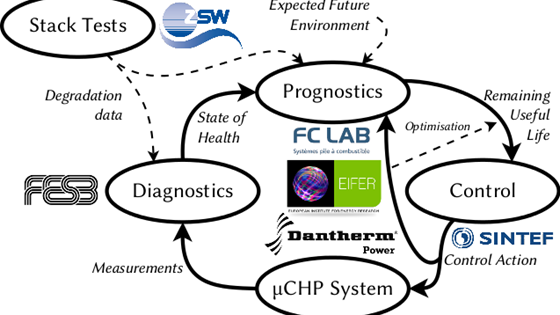
Improving Lifetime of Fuel Cells by Smart Control and Prognostics
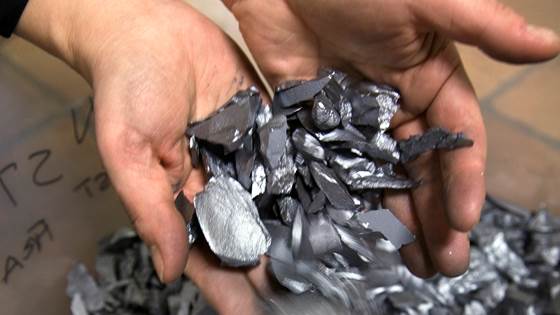
Photovoltaic solar energy is recognized as one of the most promising future sustainable energy sources. Multicrystalline silicon solar cells represent the most cost effective alternative. In this type of solar cells crystal defects and impurities are...
The primary objective of SEALEM is radical improvement of lifetime and performance of ceramic membranes for gas separation over existing technologies.
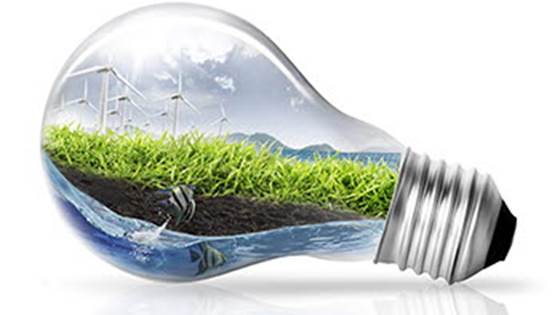
Biogas operated proton ceramic fuel cells with novel S-tolerant functional materials (BIOPCFC) is a project about development of two novel designs of PCFCs with improved stability in S-containing gases enabling reforming of biogas.
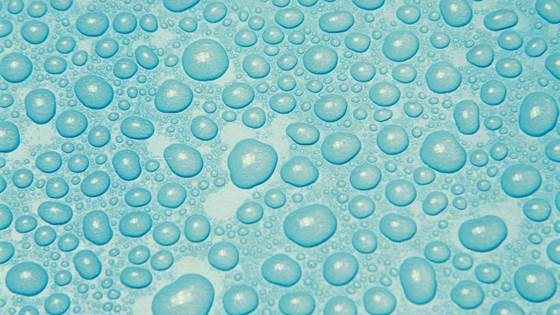
The aim of the project is to lead the development of new materials and systems designs for low cost, efficient and durable PEM water electrolysis stacks.